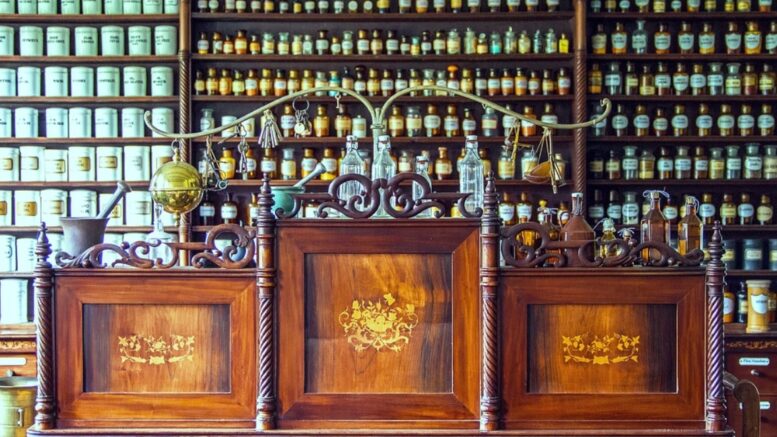The manufacture of medicines has also changed considerably as the medical industry has developed through the years. Medication manufacturing has experienced great changes due to the introduction of penicillin and other cutting-edge medical technologies. This post will look at how the process of making medicines has evolved through time.
Evolution of the Methods Used in Medical Manufacturing
The Early Days of Medical Production
The manufacturing method for medicines in the past needed to be more advanced. Plant extracts were the major source of medicine and were employed to make a wide range of treatments. It was hit-or-miss whether or not the extracted medical compounds would be useful, and many of the resulting treatments proved useless or even hazardous.
The Advent of Chemical Synthesis
Chemical synthesis heralded a new era in the manufacture of pharmaceuticals. To make stronger and more effective medicines, scientists stopped using plant-based components and instead developed synthetic molecules. This was a huge improvement in drug manufacture since it enabled the development of medicines to treat illnesses that previously had no cure.
The Rise of Biotechnology
Biotechnology has been more important in healthcare in recent years. Biotechnology allows scientists to work with live organisms to improve the efficacy and specificity of pharmaceuticals developed by chemical synthesis. New diagnostic technologies, like DNA sequencing, made possible by biotechnology, enable more precise and individualized medical care.
The Importance of Quality Control
Quality assurance has always been an important part of the pharmaceutical industry. Due to a lack of quality assurance measures, many early medicines could have been more efficient or hazardous. As the industry has evolved, quality assurance has become increasingly significant. To guarantee the safety and effectiveness of their medicines, pharmaceutical firms nowadays are subject to stringent quality control regulations.

The Role of Technology
The development of modern medical manufacturing is largely attributable to technological advancements. Computer-aided design (CAD) and 3D printing are only two examples of the cutting-edge technologies the pharmaceutical industry uses today to improve the quality and timeliness of their production operations. Clinical trials and patient outcome tracking are made simpler by technological advancements, which contribute to the reliability of new medication reports.
Benefits of Evolution in Medical Production Procedure Over Time
Increased Efficiency
Efficiency gains are a result of developments in medical manufacturing processes. Automation and streamlining of today’s manufacturing processes have reduced costs and increased output speed with the implementation of ERP Pharma.
Enhanced Safety
The development of more secure methods for making medicines has also benefited patients. Thanks to new technology and techniques, manufacturers may detect possible safety hazards before items are distributed to the market. Furthermore, producers may create more focused and specific medicinal solutions, cutting down on unwanted issues and side effects.
Improved Research and Development
Research and development have benefited from the development of modern medical manufacturing methods. The capacity to mass manufacture high-quality medical supplies has allowed scientists to perform more precise and comprehensive investigations. Because of this, not only have new, more potent medicinal goods been created, but our knowledge of how these items operate and how they might be improved has also been greatly enhanced.
Factors to Consider About the Evolution of the Methods Used in Medical Manufacturing
Technological advancements
Medical device development, production, and testing have all been significantly impacted by the advent of cutting-edge technology like 3D printing, robots, and AI. More sophisticated and accurate medical equipment is now feasible because of these technological advancements, which may positively impact patient care.
Regulations and standards
The production of medical equipment is highly controlled to guarantee their quality and safety. As production techniques advance, it is essential to consider these rules and guidelines to guarantee that the final products meet the required quality standards.
Cost-effectiveness
It is crucial to ensure that medical equipment remains affordable despite technological advances in production that may increase their quality. The price of raw materials, labor, and machinery must all be factored in when developing and implementing new production processes.
Conclusion
Since the days of crude herbal concoctions, medicinal manufacture has gone a long way. Chemical synthesis, biotechnology, and other cutting-edge technologies have allowed medicine to make great strides forward in recent decades. Pharmaceutical businesses must continue to adhere to stringent standards to guarantee the safety and effectiveness of their medicines, and quality control is an essential part of this process. The future of medical manufacturing is bright, and major advances are likely to be made in the next few years as technology continues to develop.
